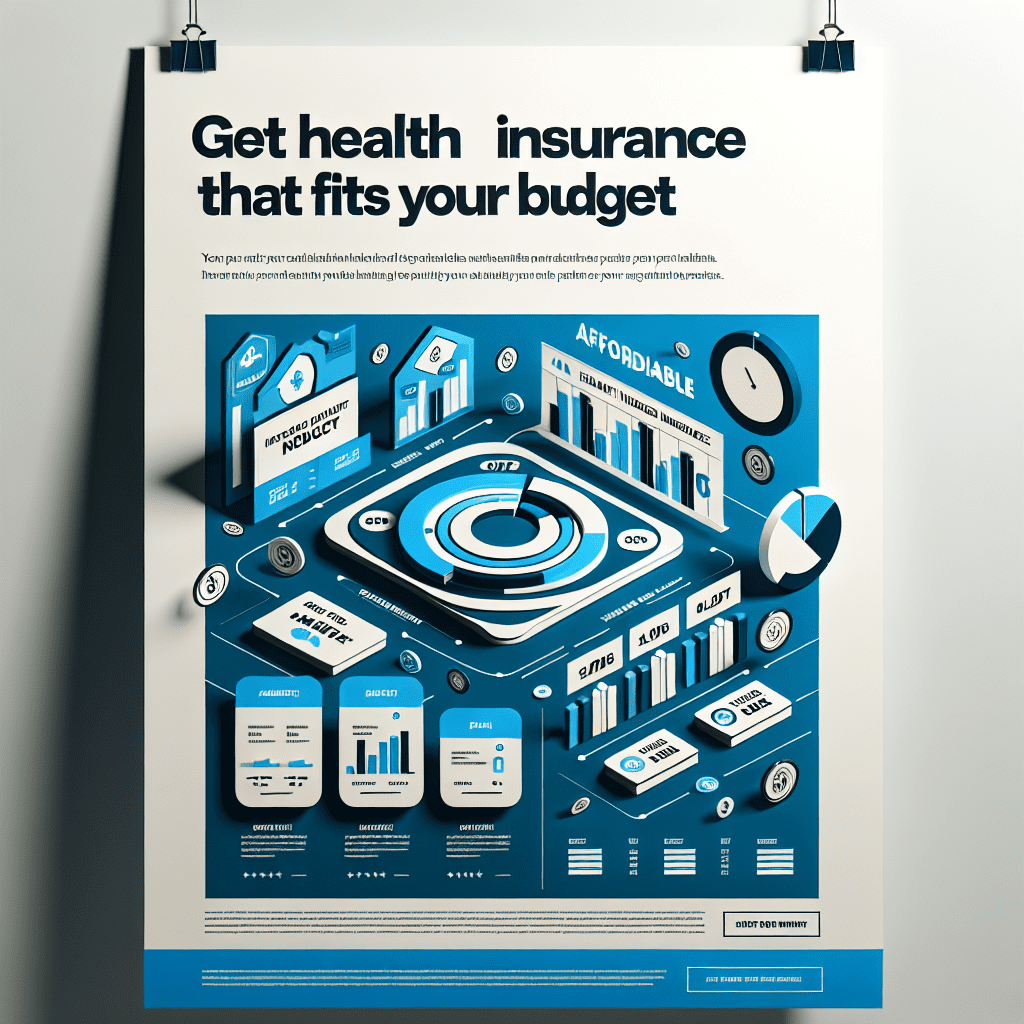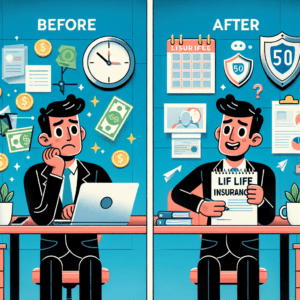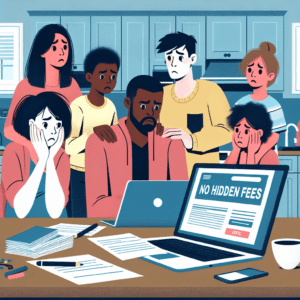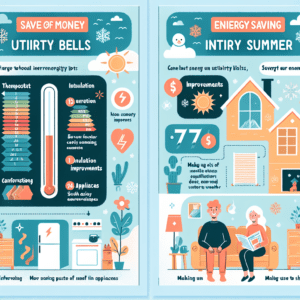“Secure Your Future Now: Affordable Life Insurance Before 30!”
Understanding Policy Types: Choosing the Right Coverage for Young Adults
When considering life insurance before turning 30, understanding the different policy types is essential to making an informed decision. Young adults often have fewer financial obligations than older individuals, making it an ideal time to secure affordable coverage. However, with various options available, selecting the right policy requires careful evaluation of personal needs, financial goals, and long-term security. By exploring the key differences between term and permanent life insurance, young adults can determine which type best aligns with their circumstances.
Term life insurance is often the most affordable option for young adults, primarily because it provides coverage for a specific period, such as 10, 20, or 30 years. This type of policy is designed to offer financial protection during critical life stages, such as paying off student loans, purchasing a home, or starting a family. Since term policies do not accumulate cash value, premiums remain relatively low, making them an attractive choice for individuals seeking cost-effective coverage. Additionally, many insurers offer the option to convert a term policy into a permanent one later, allowing policyholders to adjust their coverage as their financial situation evolves.
On the other hand, permanent life insurance, which includes whole and universal life policies, provides lifelong coverage and builds cash value over time. While these policies tend to have higher premiums than term insurance, they offer long-term financial benefits, such as the ability to borrow against the accumulated cash value. For young adults with disposable income and a desire to establish a financial safety net, permanent life insurance can serve as both a protection tool and an investment vehicle. However, given the higher costs associated with these policies, it is crucial to assess whether the long-term benefits outweigh the immediate financial commitment.
In addition to understanding the fundamental differences between term and permanent life insurance, young adults should also consider their specific financial responsibilities and future goals. For those with dependents or significant debts, securing a policy with sufficient coverage is essential to ensuring financial stability for loved ones in the event of an unexpected loss. Even individuals without dependents may benefit from life insurance, as it can help cover funeral expenses, outstanding debts, or even serve as an investment for future financial planning.
Another important factor to consider is the impact of age and health on life insurance premiums. Since insurers determine rates based on risk factors such as age, medical history, and lifestyle habits, purchasing a policy at a younger age can result in significantly lower premiums. Young adults who are in good health and maintain a healthy lifestyle are more likely to qualify for favorable rates, making early enrollment a financially advantageous decision. Furthermore, locking in a lower premium at a young age can provide long-term savings, as rates tend to increase with age and potential health complications.
Ultimately, choosing the right life insurance policy requires careful consideration of personal financial goals, coverage needs, and budget constraints. By understanding the differences between term and permanent life insurance, young adults can make an informed decision that provides both immediate affordability and long-term security. Taking the time to evaluate available options and securing coverage early can lead to significant financial benefits, ensuring peace of mind for the future.
Money-Saving Tips: How to Lock in Low Premiums Early

Securing affordable life insurance before turning 30 is a strategic financial decision that can provide long-term benefits. Many young adults overlook life insurance, assuming it is unnecessary at their stage of life. However, purchasing a policy early can result in significantly lower premiums, ensuring financial protection for loved ones while keeping costs manageable. Understanding how to lock in low rates requires careful planning, informed decision-making, and a proactive approach to financial security.
One of the most effective ways to secure affordable life insurance is to purchase a policy while still young and healthy. Insurance companies determine premiums based on risk factors such as age, health status, and lifestyle choices. Since younger individuals typically have fewer health concerns, they are considered lower risk, which translates into lower premiums. By securing a policy before the onset of potential health issues, policyholders can lock in favorable rates that remain consistent throughout the term of the policy.
In addition to age, maintaining good health plays a crucial role in obtaining affordable life insurance. Insurers assess applicants based on medical history, weight, blood pressure, and other health indicators. To improve eligibility for lower premiums, individuals should adopt a healthy lifestyle by exercising regularly, maintaining a balanced diet, and avoiding tobacco products. Since smokers often pay significantly higher premiums due to increased health risks, quitting smoking before applying for life insurance can lead to substantial savings.
Another key factor in securing low premiums is choosing the right type of life insurance policy. Term life insurance is often the most affordable option for young adults, as it provides coverage for a specified period, such as 10, 20, or 30 years. This type of policy is generally more cost-effective than whole life insurance, which includes a cash value component and remains in effect for the policyholder’s lifetime. For those seeking budget-friendly coverage, term life insurance offers an excellent balance between affordability and financial protection.
Comparing quotes from multiple insurance providers is also essential in finding the best rates. Premiums can vary significantly between companies, so obtaining quotes from different insurers allows individuals to identify the most competitive options. Many online tools and insurance brokers can assist in this process, making it easier to evaluate policies based on coverage, cost, and provider reputation. Additionally, some insurers offer discounts for bundling policies or maintaining a healthy lifestyle, further reducing overall costs.
Beyond comparing quotes, selecting an appropriate coverage amount is crucial in keeping premiums affordable. While it is important to ensure sufficient financial protection for beneficiaries, purchasing excessive coverage can lead to unnecessarily high costs. A general guideline is to choose a policy that covers at least 10 times one’s annual income, but individual circumstances, such as outstanding debts and future financial obligations, should also be considered. By carefully assessing coverage needs, individuals can strike a balance between affordability and adequate protection.
Finally, acting sooner rather than later is key to securing the lowest possible premiums. Life insurance rates increase with age, and waiting too long can result in higher costs or potential disqualification due to health changes. By taking advantage of lower rates while still young and healthy, individuals can ensure long-term financial security at an affordable price.
Common Mistakes to Avoid When Buying Life Insurance Before 30
One of the most important financial decisions a young adult can make is purchasing life insurance. While it may not seem like an immediate priority, securing a policy before turning 30 can provide long-term financial security at a lower cost. However, many individuals make common mistakes when buying life insurance, which can lead to unnecessary expenses or inadequate coverage. Understanding these pitfalls can help ensure that you make an informed decision and secure the best possible policy for your needs.
One of the most frequent mistakes young adults make is underestimating the importance of life insurance. Many assume that because they are young and healthy, they do not need coverage. However, life insurance is not just about age or health; it is about financial protection for loved ones in the event of an unexpected tragedy. By purchasing a policy early, individuals can lock in lower premiums and avoid the risk of higher costs later in life when health conditions may arise.
Another common error is choosing the wrong type of policy. There are two primary types of life insurance: term and permanent. Term life insurance provides coverage for a specific period, such as 10, 20, or 30 years, and is generally more affordable. Permanent life insurance, which includes whole and universal life policies, offers lifelong coverage and a cash value component but comes with higher premiums. Many young adults opt for permanent life insurance without fully understanding the long-term financial commitment. In most cases, term life insurance is the more cost-effective option for those under 30, as it provides sufficient coverage at a lower cost.
Failing to assess coverage needs is another mistake that can lead to either overpaying for unnecessary coverage or purchasing an insufficient policy. Some individuals select a policy with a low death benefit to save money, only to realize later that it does not adequately protect their dependents or financial obligations. On the other hand, some overestimate their needs and pay for more coverage than necessary. A good rule of thumb is to consider current and future financial responsibilities, such as student loans, mortgage payments, and potential family expenses, when determining the appropriate coverage amount.
Additionally, many young adults overlook the importance of comparing multiple insurance providers. It is easy to settle for the first policy offered, especially when time is limited. However, different insurers offer varying rates and benefits, and failing to shop around can result in paying higher premiums than necessary. Obtaining quotes from multiple providers and reviewing policy details carefully can help ensure that you receive the best value for your money.
Another mistake to avoid is delaying the purchase of life insurance. Some individuals believe they can wait until they have dependents or a higher income before securing a policy. However, life insurance premiums increase with age, and unexpected health issues can make it more difficult or expensive to obtain coverage later. By purchasing a policy before turning 30, individuals can take advantage of lower rates and secure financial protection for the future.
Finally, neglecting to review and update a policy over time can lead to complications. Life circumstances change, and a policy that was sufficient at one point may no longer meet evolving needs. Regularly reviewing coverage and making necessary adjustments ensures that the policy remains aligned with financial goals and responsibilities. By avoiding these common mistakes, young adults can secure affordable life insurance that provides long-term financial security.

















